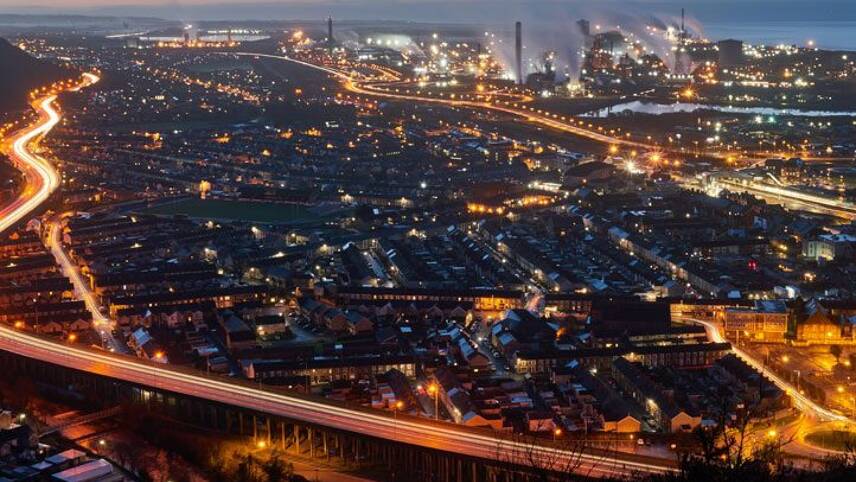Register for free and continue reading
Join our growing army of changemakers and get unlimited access to our premium content

Business Secretary Kwasi Kwarteng has confirmed the creation of a new Industrial Decarbonisation Strategy that aims to create the world’s first low-carbon industrial sector while supporting the public sector to decarbonise in alignment with the net-zero target set for 2050.
Aiming to also support the manufacturing and construction sectors, the new measures set out plans to support 80,000 UK jobs over the next 30 years whilst cutting emissions by two-thirds in just 15 years. Longer-term, the Government believes a 90% cut in emissions will be delivered by 2050 compared to 2018 levels.
The new strategy is built on an expectation that 20 Terawatt hours of the UK’s industrial energy supply will switch from fossil fuel to low-carbon sources by 2030, the Government anticipates that heavy industry will source 40% of its energy needs from low-carbon technologies.
Last week, Kwarteng wrote to the 16 members of the Industrial Strategy Council, claiming that it would be disbanded in the coming weeks. The decision was criticised by green groups and MPs, including Shadow Business Secretary Ed Miliband.
Unveiled in December 2017, the aim of the Industrial Strategy was to help businesses create better, higher-paying jobs with investment in the skills, industries and infrastructure of the future.
The policy package set out a set of ‘Grand Challenges’ for the UK, including clean growth – defined as decoupling economic growth from emissions and leading the world in the development of low-carbon technologies and solutions which cost less than their traditional counterparts. It is because of the Industrial Strategy that there are sector deals for fields like construction, aviation and offshore wind.
Business and Energy Secretary Kwasi Kwarteng said: “We were the first major economy to put into law our target to end our contribution to climate change, and today we’re taking steps to be the first major economy to have its own low-carbon industrial sector. While reaching our climate targets will require extensive change across our economy, we must do so in a way that protects jobs, creates new industries and attracts inward investment – without pushing emissions and business abroad.
“Ahead of COP26, the UK is showing the world how we can cut emissions, create jobs and unleash private investment and economic growth. Today’s strategy builds on this winning formula as we transition low carbon and renewable energy sources, while supporting the competitiveness of Britain’s industrial base.”
Green links
The strategy is heavily linked to the £171m Industrial Decarbonisation Challenge, which is supporting low-carbon innovation across nine regions, including Scotland, south Wales and North West, Humber and Teesside in England. These projects are competing to create the world’s first zero-carbon industrial cluster, with hydrogen and Carbon Capture Usage and Storage key technologies set to be rolled out.
The Government expects the strategy to deliver at least three megatons of captured carbon from industry by 2030. A carbon pricing tool will also be introduced to enable businesses to take account of their emissions through investment decisions.
The £1bn Public Sector Decarbonisation Scheme has also been rolled into the new strategy. Already, £932m has been granted 429 projects across England.
Additionally, mitigation against carbon leakage will be promoted to help the Government meet its net-zero commitment. An Infrastructure Delivery Taskforce, named ‘Project Speed’ will help ensure that low-carbon infrastructure is included in planning regimes, while the recently re-constituted Steel Council will be utilised to consider whether the sector can reach near-zero emissions by 2035.
Green groups have been quick to react to the story, and you can read all the reactions to this announcement here.
Matt Mace


Please login or Register to leave a comment.